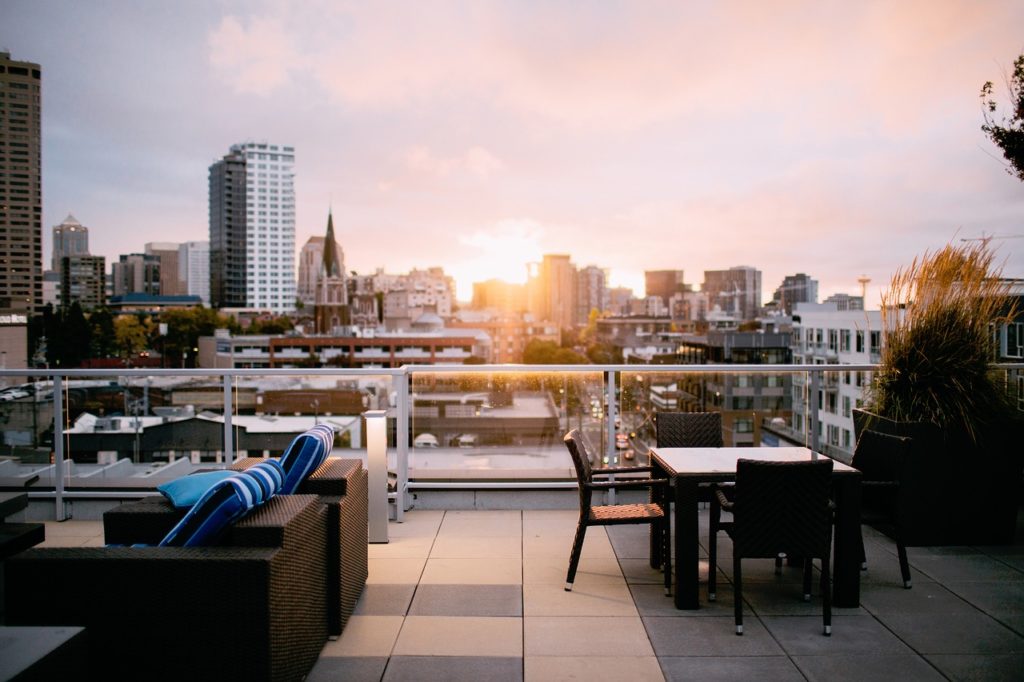Chris Carmen / October 2, 2025

Over the last two years, we have read about the bleak future of the office market and high vacancies to ad nauseam. The bigger question is what will happen to office buildings that will not see positive absorption in the future. While experiencing high vacancies, building ownerships need to continue to pay their debt service, operating expenses, and taxes. The most obvious solution to this a repurposing. We saw this following the 2008 crash with large suburban malls with anchor tenants like Sears and Macys. Many mall ownerships saw an opportunity to convert their properties to mixed-use by accommodating warehouse and logistics tenants.
The office market will continue to see a similar pivot over time when faced with the decision to default on their debt or determine a creative way they can cash flow their properties. In 2020 and 2021 more than 13,000 new residential units hit the market through office repurposing. New York City, one of the US’s strongest office markets, is beginning to see this as well (read this Wall Street Journal article here). CARMEN believes the repurposing trend will continue. There is a potential to create new neighborhoods where residential is scarce and vacant office space is plentiful. One of the best examples of this is the southern area of Chicago’s Loop. The current office vacancy is 28% and primarily consists of class B and C buildings. These buildings may never see the high occupancy rates they once did years ago. Residential conversions could breathe new life into the Loop and while increasing demand for retail to support the increase of people living in the area. Now more than ever, people want to live in a neighborhood where they could live, work, and enjoy restaurants and shopping. It will be interesting to see how this plays out over the next several years as employees seek a better work-life balance where convenience is a key factor.
Image by StockSnap from Pixabay
« Previous Next »
